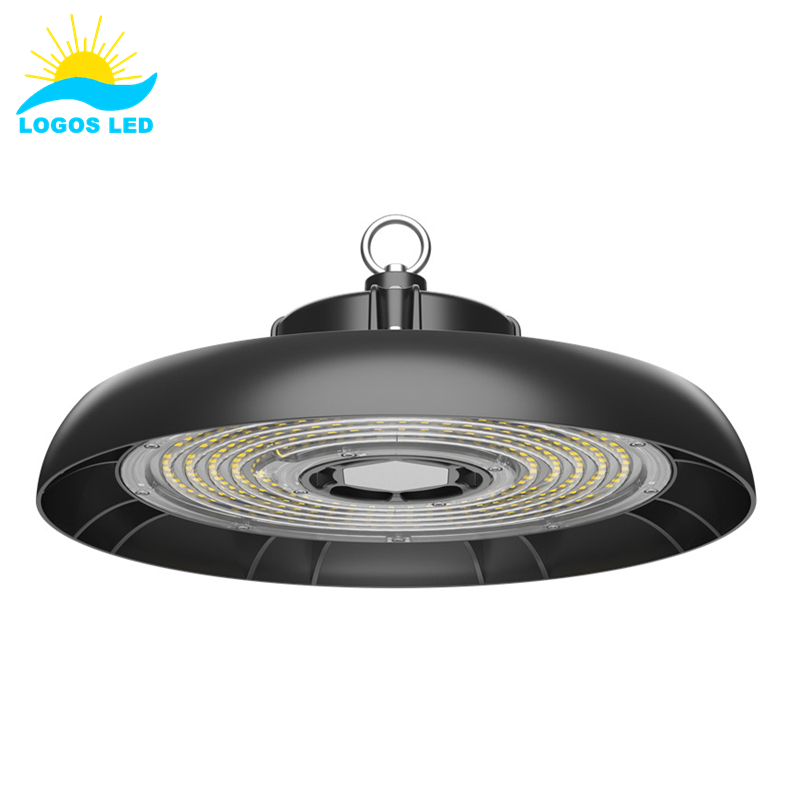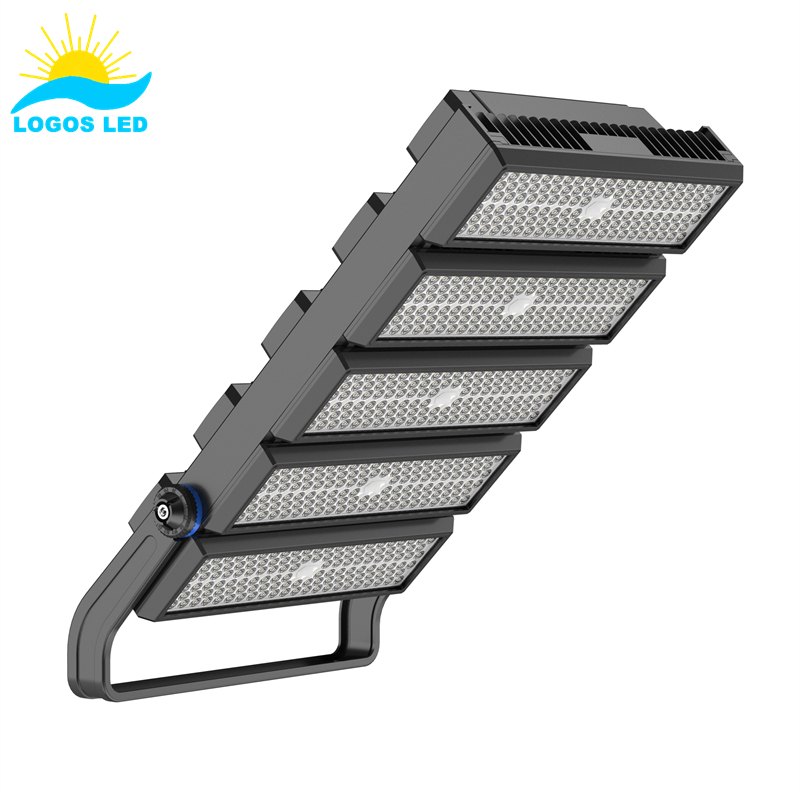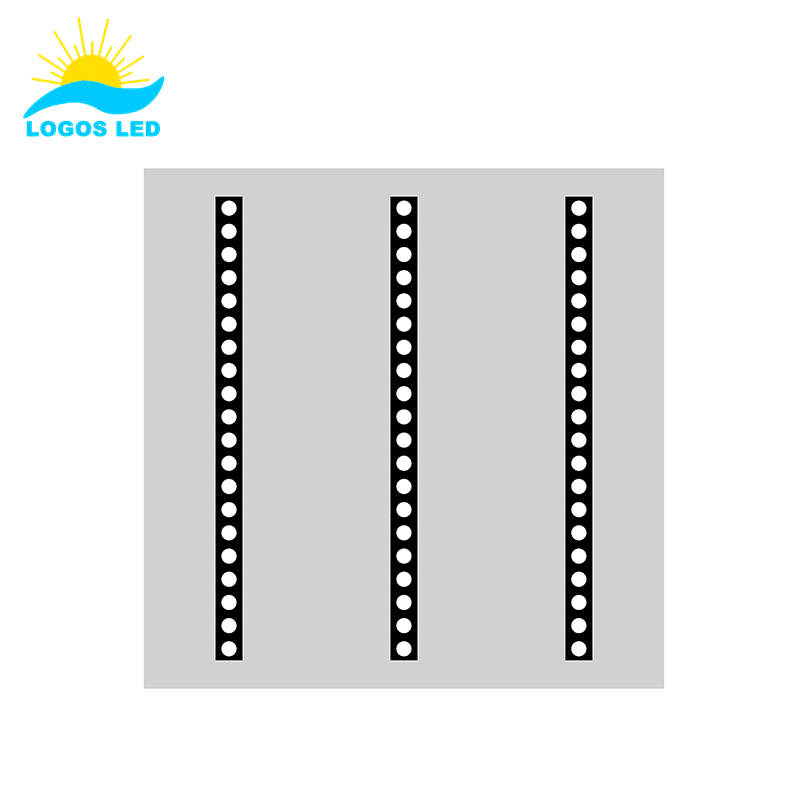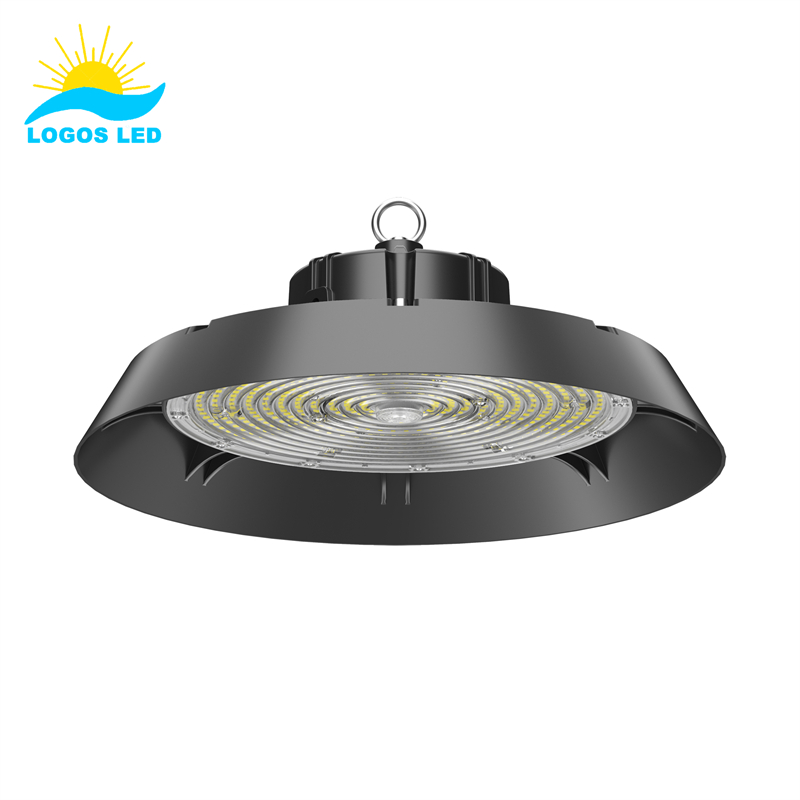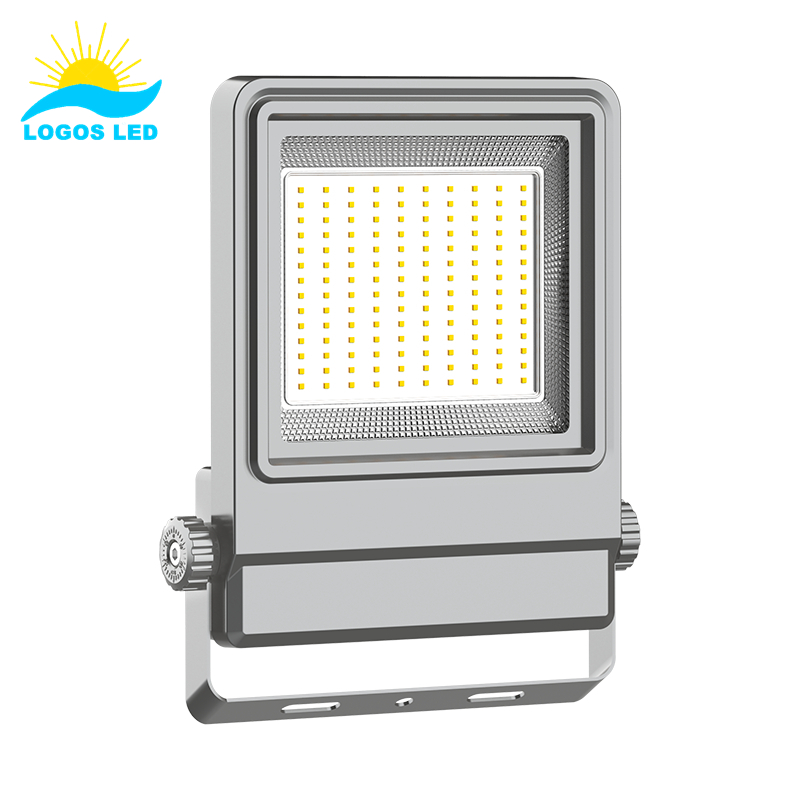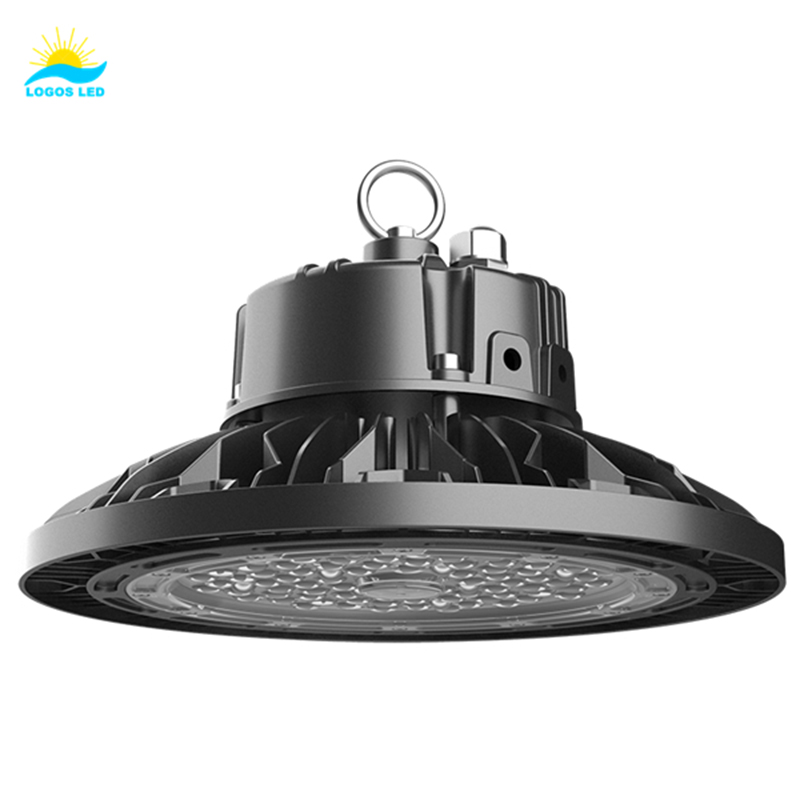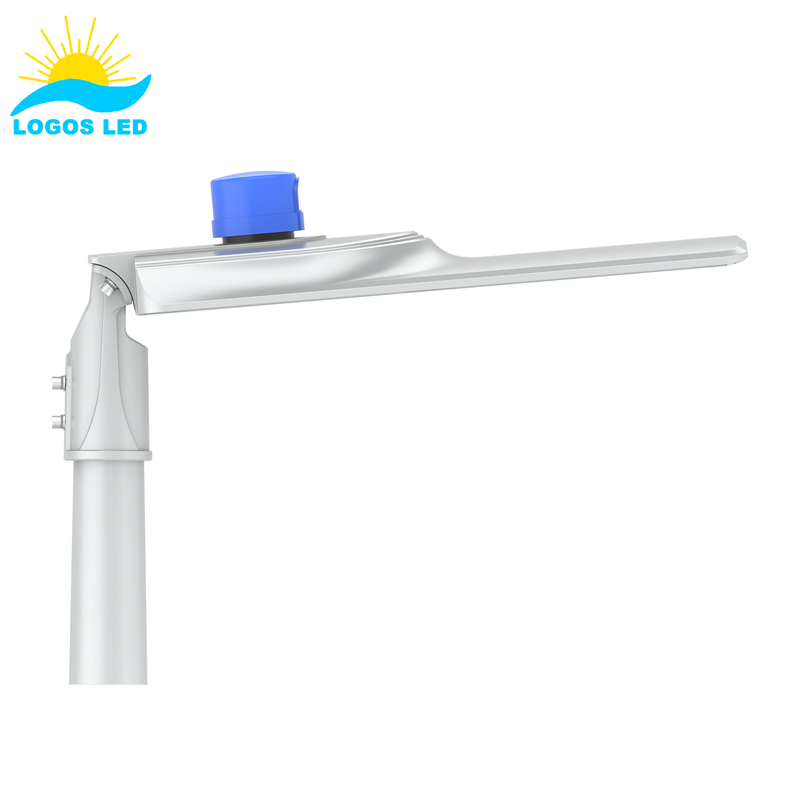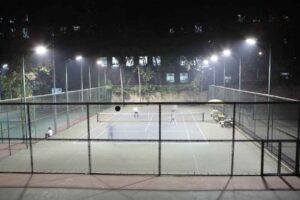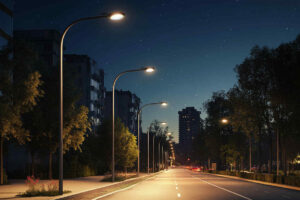Choosing the wrong lighting for outdoor or indoor projects can lead to higher risks, energy waste, and unnecessary repairs. But with low voltage lights, you can avoid all those headaches.
Low voltage lights are lighting systems that operate at 12V or 24V instead of the usual 120V or 240V. They are much safer, more energy-efficient, and perfect for outdoor areas like backyards, gardens, and pathways. Thanks to LED technology, low voltage options have become even more powerful and long-lasting, ideal for both home and commercial use.
Let’s dig deeper into low voltage lighting and find out if it’s right for your project.
Table of Contents
What Are Low Voltage Lights?
Low voltage lights are lighting systems that operate at lower voltages, usually 12 volts or 24 volts, instead of the standard 110V or 220V. A transformer is needed to reduce the regular household or commercial voltage down to this safer level. Low voltage lights are widely used for outdoor applications like garden paths, landscaping, and deck lighting. They are also found indoors in areas where extra safety is important. Low voltage setups are energy-efficient, easier to install, and safer to maintain, making them a favorite for residential and decorative projects.
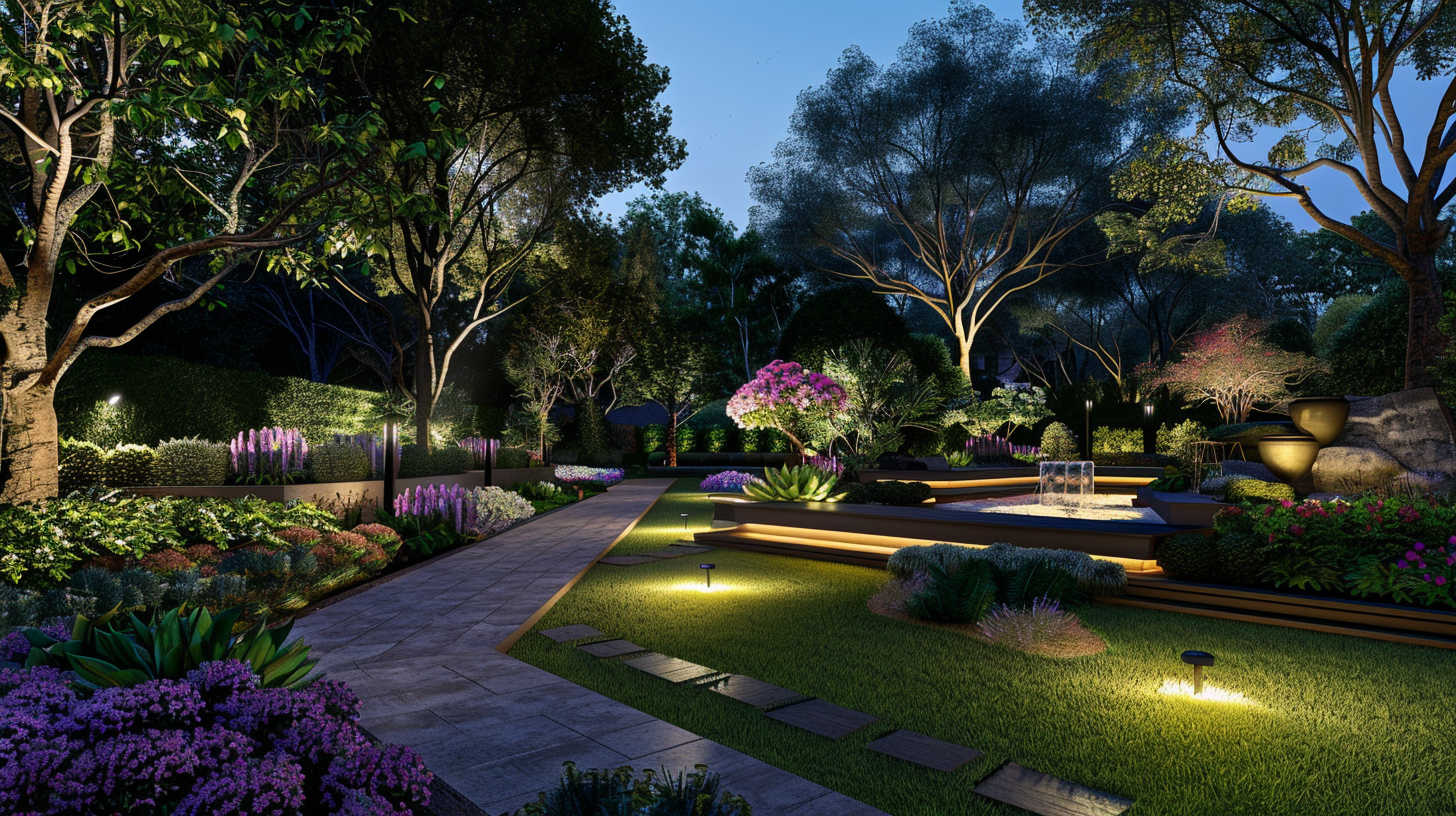
What Is the Difference Between High and Low-Voltage Lighting?
High voltage lighting, often called line voltage lighting, operates directly from the main electrical supply at 120V or 240V. It is ideal for large spaces like warehouses, parking lots, and streets where powerful, widespread illumination is needed. Low voltage lighting, however, uses a transformer to lower the voltage to 12V or 24V. This makes it much safer to install and maintain. Low voltage systems are commonly used for landscape lighting, garden paths, accent lighting, and decorative fixtures where precise, softer lighting is desired.
What Are the Advantages and Disadvantages of Low-Voltage Lighting?
Low-voltage lighting offers several strong benefits. It is much safer to use outdoors or in wet locations because of the reduced shock risk. When paired with LED lights, it becomes highly energy-efficient, helping to cut down on power bills. Installation is often simpler and less expensive, especially for outdoor setups like pathways, gardens, and accent lighting. Its flexibility also allows for more creative designs.
However, low-voltage lighting does have a few drawbacks. It requires a transformer to step down the voltage, which adds to the initial setup cost. Voltage drop can occur if the cable runs are too long or thin, leading to dimmer lights at the far end. Also, low-voltage systems may not achieve the same brightness levels as high-voltage options, which can be a limitation for very large or open spaces.
| Advantages | Disadvantages |
|---|---|
| Safer for outdoor and wet locations | Needs a transformer, adding extra cost |
| More energy-efficient when paired with LEDs | Voltage drop can happen over long distances |
| Easier and cheaper to install outdoors | Might not be as bright as high voltage |
| Flexible for creative lighting designs |
Are LED Lights Low Voltage?
Many LED lights are designed to work with low voltage systems, typically running at 12V or 24V. Low voltage LED lights are popular choices because they offer the combined benefits of energy efficiency, long lifespan, and enhanced safety. These lights are perfect for outdoor landscapes, garden paths, under-cabinet lighting, and other areas where safety around water or foot traffic is a concern.
However, not all LED lights automatically operate on low voltage. Some LED fixtures are built for standard line voltage, like 110V or 220V, depending on your region. Always check the product specifications before installing. Using a low voltage LED without the correct driver or transformer can cause performance issues or damage the fixture. Choosing the right type ensures safe, efficient operation and maximizes the advantages of LED technology.
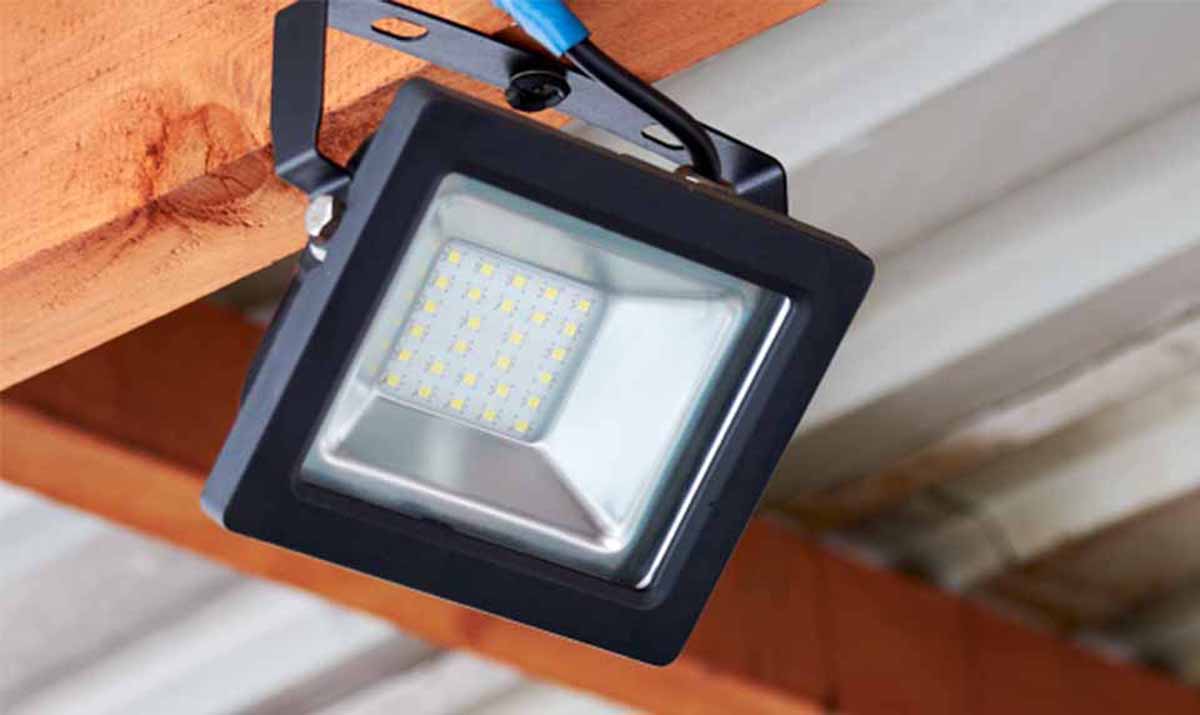
Different Kinds of Low Voltage Lights
- Pathway Lights: These lights are used to illuminate sidewalks, driveways, and garden paths. They improve nighttime visibility and add a decorative touch to landscapes.
- Spotlights: Spotlights focus a narrow beam of light on specific features like trees, sculptures, or architectural elements, creating dramatic effects and highlighting focal points.
- Floodlights: Designed to cast a broad, intense beam of light over large areas such as backyards, patios, and small sports fields. They are ideal for enhancing security and outdoor visibility.
- Underwater Lights: Specially built to be waterproof, these lights are perfect for ponds, fountains, and other water features, providing stunning nighttime visuals.
- Deck and Step Lights: Mounted on outdoor stairs, decks, or patios, these lights improve safety by clearly marking steps and edges while adding a stylish look.
- Smart Garden Lights: These modern, app-controlled LED lights can change colors and brightness levels, offering flexible lighting effects for gardens and outdoor spaces.
Low voltage lighting now covers almost every outdoor lighting need, offering safety, beauty, and smart control options all in one package.
What Is the Purpose of Low Voltage Lighting?
Low voltage lighting serves several important purposes:
- Safety: It improves visibility along walkways, stairs, decks, and driveways, reducing the risk of trips and falls. The lower voltage also makes it safer to use around children, pets, and near water features.
- Ambiance Creation: It helps create a warm, inviting atmosphere in outdoor spaces like gardens, patios, and backyards. Soft lighting enhances the mood for evening gatherings or quiet relaxation.
- Feature Highlighting: Low voltage lights are used to accentuate key elements such as landscaping, architectural details, trees, fountains, and sculptures, making them stand out beautifully at night.
- Energy Efficiency: These systems use less electricity, especially when paired with LED technology, leading to lower energy bills and a smaller environmental footprint.
- Flexibility: Because they are easy to install and reposition, low voltage lights are great for evolving landscape designs or temporary setups for special events.
With their mix of safety, beauty, and efficiency, low voltage lighting is a smart choice for enhancing any outdoor space.

What Kind of Places Need Low Voltage Lighting?
Low voltage lighting is ideal for a wide variety of outdoor spaces where both safety and beauty are important. Here are common places that benefit from low voltage lighting:
- Residential Yards, Gardens, and Patios: Enhances nighttime enjoyment and safety for homeowners.
- Public Parks and Pathways: Provides safe navigation for pedestrians while creating a welcoming atmosphere.
- Hotel Gardens and Outdoor Restaurants: Adds elegance and charm, improving the guest experience and extending usable hours.
- Pools, Fountains, and Water Features: Illuminates water elements beautifully while maintaining electrical safety near moisture.
- Private Driveways and Entrances: Increases curb appeal and security by guiding vehicles and visitors.
- Outdoor Sculptures or Architectural Highlights: Focuses attention on important landscape or building features.
- Smart Homes Wanting App-Controlled Outdoor Lights: Offers color changes, dimming, and automation through smartphone apps for modern convenience.
In all these settings, low voltage lighting brings together functionality, aesthetics, and safety.
FAQs About Low Voltage Lights
Are Low Voltage Lights Safer?
Yes, they are much safer than line voltage lights, especially outdoors. Even if the wiring gets damaged, the risk of electric shock is much lower.
Can I Use Low Voltage Lighting Indoors?
Absolutely! Many people use low voltage LED systems for kitchens, living rooms, or even accent lighting inside their homes. It’s safer and can create stunning effects.
Is 120 Volts Considered Low Voltage?
No, 120V is considered standard line voltage in North America. Low voltage is usually 12V or 24V, which is a big difference in terms of safety and application.

Conclusion
Low voltage lighting gives you incredible safety, flexibility, and energy savings whether you’re designing a cozy backyard, an elegant garden, or a stunning driveway. And with so many low voltage LED options available today, you’re not limited in style or performance. If you need help finding the right low voltage lighting solutions, contact us at Logos Lighting. We’re ready to help your project shine!
Request A Free Quote Now!
Send us a message if you have any questions or request a quote. We will get back to you ASAP!



